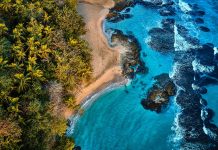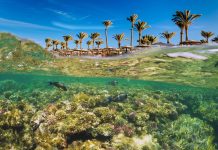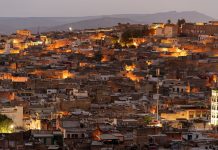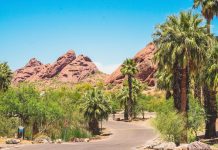Sigiriya, also known as Lion’s Rock because of the two enormous lion paws carved into the rocks that protect the staircase giving access to the fort, is a spectacular rock formation in the central part of the island near the town of Dambulla. In 1982, this magnificent monolith has joined the UNESCO heritage, one of the eight present in Sri Lanka.
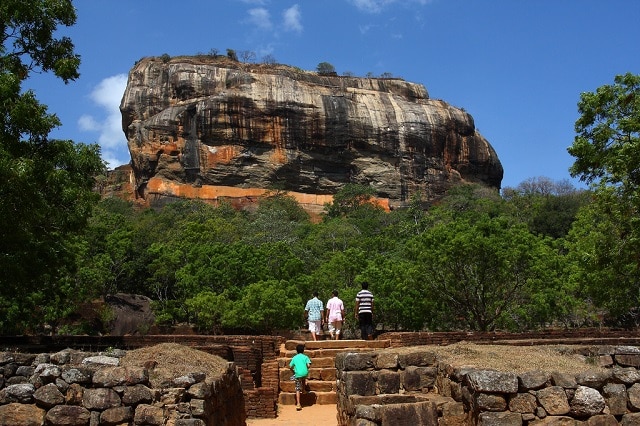
The fact that it has been built in a flat area allows it to be the absolute protagonist of the surrounding area. Sigiriya, being 370 meters high, it is in fact visible even from a great distance and just as you get closer you realize its immense size. The history of this place allows to understand how someone, well before us, has designated this site as a symbol of this country: I speak of King Kasyapa (477-495 AD), who chose this rock formation to build the capital of his empire.
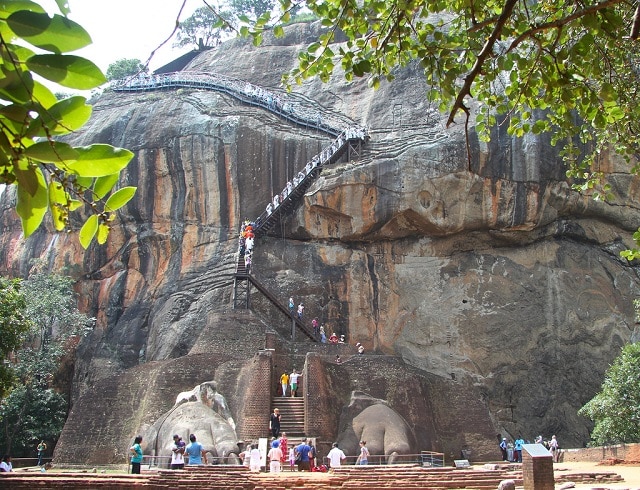
Legend has it that the ambitious Kasyapa walled his father up alive in order to overthow him and ordered the deportation of his brother Mugalan to seize his kingdom. The fear, however, that his own karma could turn against him, perhaps taking the form of his brother, led him to raise walls around the rock and build a fortified citadel right on top of the promontory. Another peculiarity of Sigiriya is in fact its flat top that allowed the construction of a building in which only a few remnants are visible today. But you know, in karma there is no escape, and even less in the wrath of a betrayed brother: after a reign of eleven years Kasyapa was killed by his brother who managed to break into what was considered an impregnable fortress.
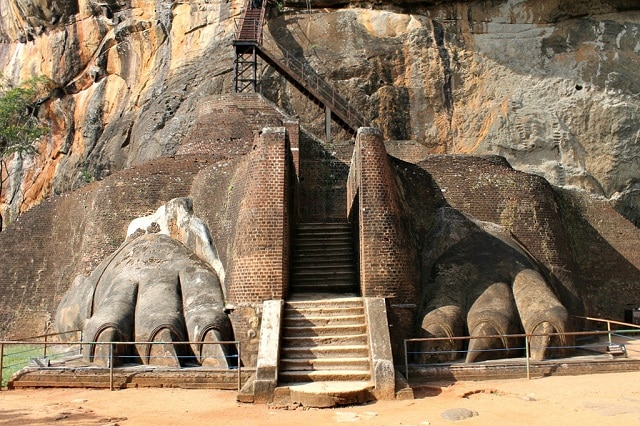
The first part you get to is one of the gardens that extend symmetrically in the area between the fortress and the rock formation. In addition to green areas, numerous swimming pools and marble testify to what the king would take as the beauty and elegance of his home. Crossing the water gardens leads finally to the more chaotic rock garden, just behind the monolith, home of the boardroom and the tank. Leaving the gardens behind, the climb begins on the rocky body (which is uphill and if approached calmly then it is not too difficult, despite its 1600 steps).
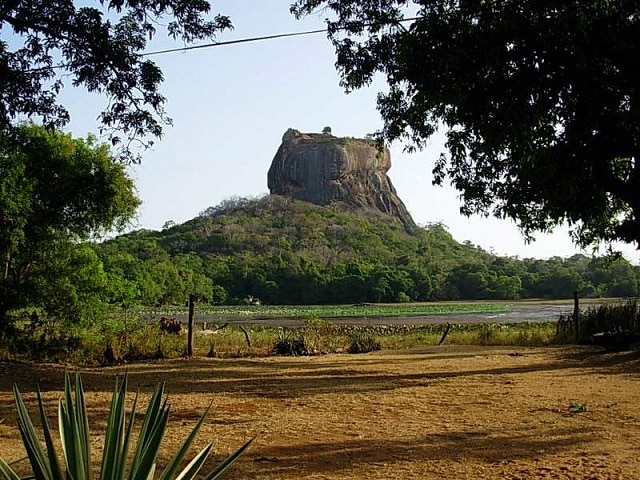
A steep metal spiral staircase leads to a long tunnel carved into the rock. On the walls you can find well-preserved cave paintings of maidens, presumably representing the many concubines of King Kasyapa. Beyond these portraits, the trail continues along the steep rock wall, protected on the outside by a wall that is three meters high. This wall is known as the mirror wall because of its smooth reflective surface.
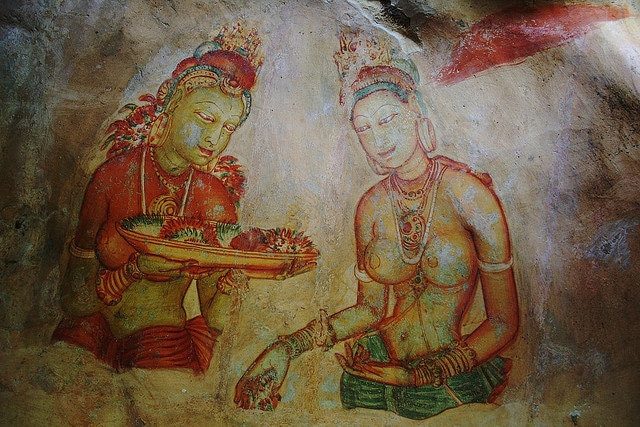
Higher still, you can reach the famous lion’s paws that frame with fairy-tale charm entrance of the stairway, the only access to the building. The legs are what remains of an enormous statue of a reclining lion. From there, you climb to the summit and can reach the ruins of the citadel, which extended to 1.6 hectares.
Once there, you understand why the king Kasyapa was so fascinated by this place: the 360-degree panorama of the surrounding landscape is a bewitching beauty and it rewards the efforts made to get up there.
Sigiriya photos by: ani, e.k 111, didula lakshitha, chamil thanthrimulitage, ghadeen alqattan


